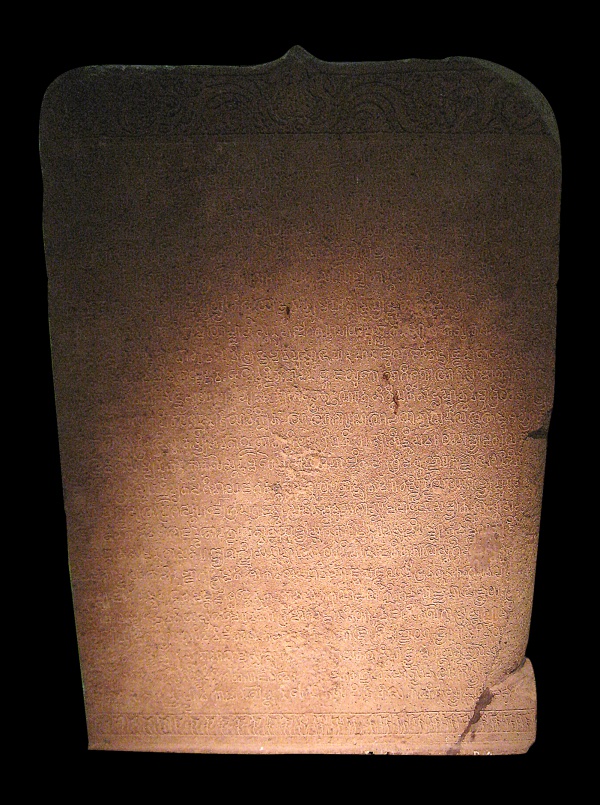Facts About Canggal inscription
The Canggal Inscription, written in Sanskrit and dating back to 732 AD, was discovered in the Gunung Wukir temple complex located in Kadiluwih village, Salam, Magelang Regency, Central Java, Indonesia. This ancient inscription, composed in the Pallava script, records a proclamation by Sanjaya, declaring himself as the sovereign ruler of Medang.
The inscription narrates how Sanjaya installed a lingam, a symbol of the Hindu god Shiva, in the land of Kunjarakunja. It depicts Java as a land rich in grain and gold mines. Prior to Sanjaya's reign, the region was governed by King Sanna, but it fell into disarray following his death. Sanjaya, the son of Sannaha, ascended to the throne during this tumultuous period and restored peace and prosperity by subjugating neighboring territories.
Furthermore, the inscription refers to Kunjarakunja-desa, which might be the hermitage land of Kunjara and potentially linked to the revered Hindu sage Rishi Agastya from Southern India. The Ramayana also recounts a visit by Rama, Sita, and Lakshmana to Agastya's hermitage in Kunjara. Notably, the names Sanjaya, Sanna, and Sannaha appear in the Carita Parahyangan, a 16th-century text, suggesting that these figures are indeed historical personalities.

 Malaysia
Malaysia